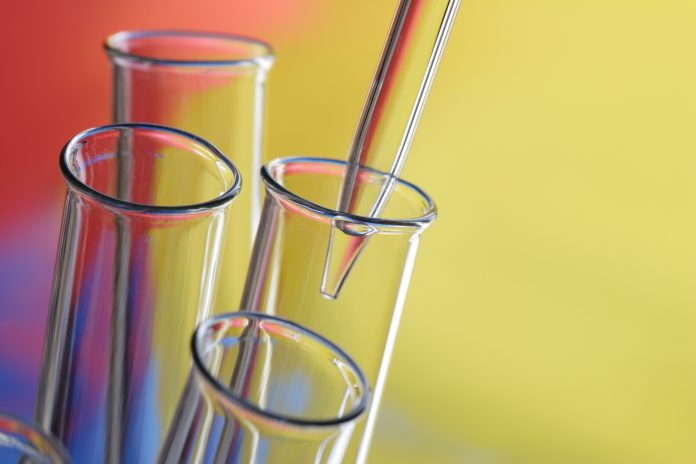Aarthi JanakiRaman, Research Director, Chemicals and Advanced Materials at TechVision, argues that toxicological research is key to sustaining human health and wellbeing
Health and wellness is a key area of focus that spans the globe, and it is gaining momentum as we face environmental pollution and contamination issues. Apart from adversely impacting the ecosystem, it also affects food security which is still a major challenge for many economies. Despite many remedial efforts and initiatives, environmental contamination is still a major cause for concern that affects humans, animals, and other parts of our living ecosystem.
Amongst all types of contaminants, chemical contamination is a major cause for concern due to the severity of its impact towards human health. It can be transmitted through air, water, and soil, causing severe concerns to human health.
Toxicological research has long been established as a necessity for public health missions
According to WHO statistics, more than 95% of the human population breathes air that is full of contaminants at above-recommended levels, and it’s a major cause of pulmonary/respiratory disorders and mortality. Similarly, prolonged exposure to chemical toxicity in the soil causes an imbalance in the ecosystem, affecting the nutritive value of food and causing various diseases and disorders. Apart from its implications for human health, chemical toxicity also adversely affects the food-water-air nexus, causing damage to the environment, humans, and animals alike. Therefore, it’s imperative to trace, track, monitor and remediate chemical toxicity.
Continued research on chemical toxicity and the exposure to people in their daily lives is needed to assess its true impact, develop guidelines, and enact preventive and remedial measures. While most chemicals can be considered as not harmful if, under permissible levels, constant exposure can cause detrimental effects on health and well-being. It’s important to enact a continuous risk assessment model with guidelines and protocols that can be implemented across geographies.
Most countries have their own versions of risk assessment processes and protocols to keep track of chemical toxicity. However, three main elements remain constant, namely, research, monitoring and maintenance. Monitoring, assessment and maintenance often get more focus and importance, whereas chemical toxicology research takes the backseat. However, the importance of continued toxicology research to analyze and assess the impact of chemical toxicity can’t be denied.
Various components are needed to build an effective toxicological research program
Often toxicological research is focused on epidemiological studies, public health surveys and human/animal exposure studies, with in vivo studies scheduled for specific instances. Considering that the last five years have seen a drastic increase in the types of chemical toxicity, the need for continuous updating of research tools and programs must be reinforced.
The blurred lines between chemical and biological contaminants have necessitated the need for genomic, metabolic and omic studies, in silico studies, and other biological detection measures that are not restricted to bioassays and microbial detection methods. It is also important to study the link between animal-human exposure to analyze and control exposure to negative vehicle controls and carriers.
Animal toxicity studies are often limited to individual chemical toxicity, and there is a possibility of missing certain chronic effects targeted to humans. As it can aid in proactive control and act as a starting point for human studies due to the similarity of data points, it can minimize cost and save time. It can also help in negating certain genetic markers that are common for animals and humans, as well as helping to expand on specific areas such as chemical neurotoxicity, immunotoxicity, cancer bioassays and other pharmacokinetic studies based on initial results while parallelly conducting human epidemiological studies.
Chemical toxicological research is no longer limited to only mechanistic toxicology, it has expanded to translational and clinical toxicological studies, developmental research and specific toxicological areas such as reproductive, metabolic and invitro genetic toxicology. This is mainly to provide and develop a well-rounded risk assessment and mitigation program that considers biological, chemical, biochemical and environmental factors.
It’s evident that toxicological research plays a vital role in public health systems
Often, it’s restricted to specific domains that create difficulties in devising strategies for various demographics. Hence, there is a need for interdisciplinary research activities that are not only targeted towards lab and empirical research but also can add inputs for the development and revamp of safety assessment protocols and provide regulatory guidance.
A global approach can help in developing regulatory policies, international standards and guidelines that can help harmonize public health. To achieve this, there is a need to engage in collaborations between stakeholders such as academia, industrial bodies, non-profit agencies and industrial stakeholders to harmonize research activities at a global scale to ensure the health and well-being of the global population.











